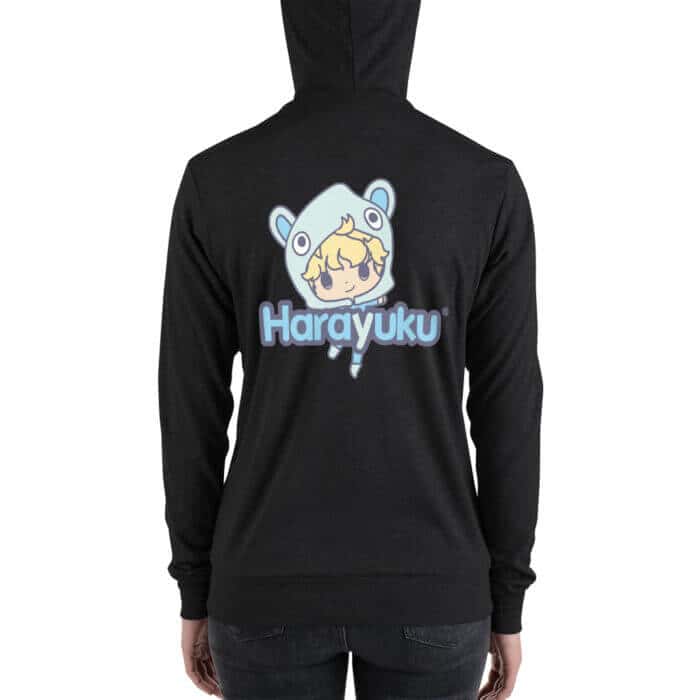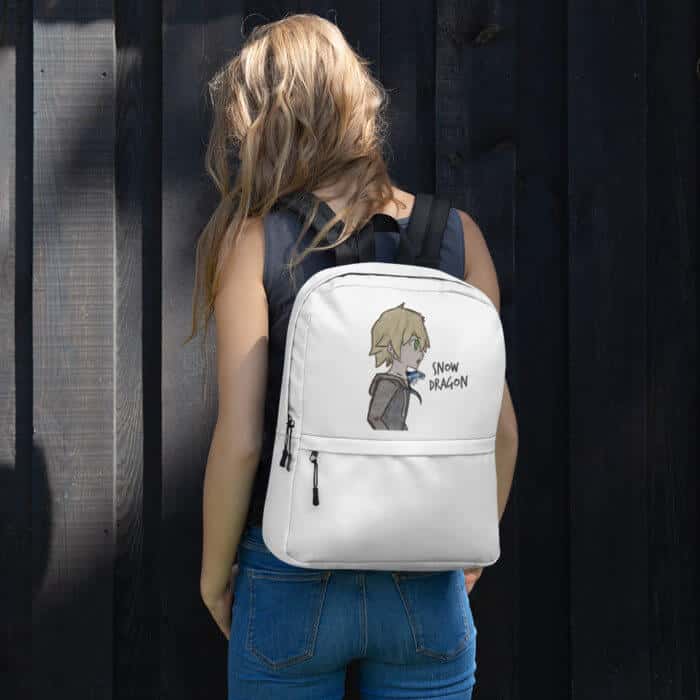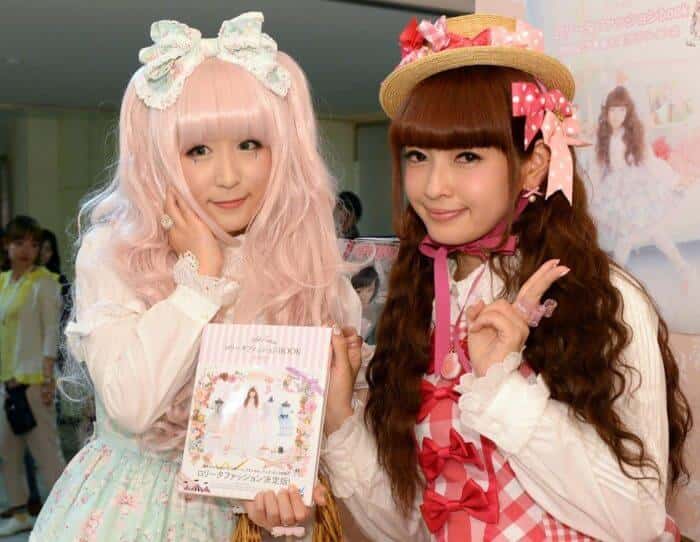
What is Kawaii? Is Japan really a kawaii nation? What is the origin of this now global phenomenon? If you find yourself asking these questions, you’ve come to the right place. In today’s article, we explain the kawaii culture of Japan, and why it is so popular locally as well as globally.
Author
What Exactly Is “Kawaii”?
Kawaii literally means “cute.” the term has become popular on the internet due to the influence of Japanese culture through anime. It refers to things that are adorable, childish and loveable, according to Wikipedia. These are the traits that are considered cute in Japanese culture.
It is usually related to small, round things like babies and cute fluffy pets – things that demand our affection and need to be protected. That is what the anime have shown us. However, as it evolved and moved out of the screen to physical merchandise, kawaii has been translated into products like clothing, décor, and regular household items and accessories. All of these kawaii products are known for their soft, pastel colors and patterned aesthetic.
Unisex originals Cosplay zipper hoodie
€32,95 – €34,25U are cute unisex hoodies
€32,95 – €34,25Origin
Kawaii seems to have originated in the 1970s when students protested against the academic pressure and refused to take studies seriously. Girls adopted an informal style of handwriting that came with mechanic pens and thin lines. They drew in their notebooks what could be considered the original raw form of kawaii characters.
That kind of handwriting was later banned in schools, but by then it was too late as the comics had picked it up and were popularizing it already.
Kawaii Fashion in Japan
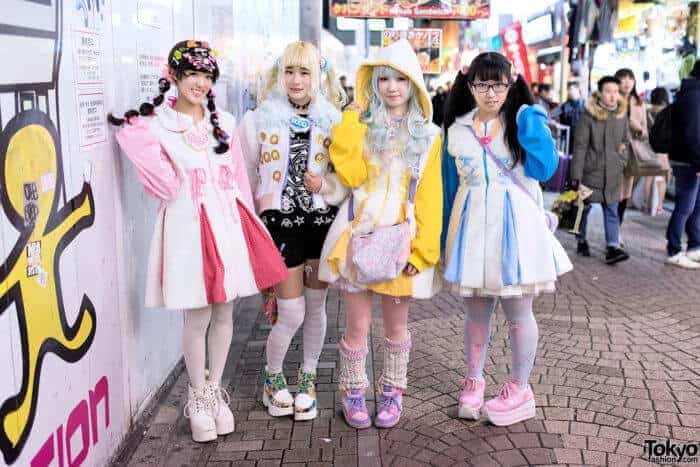
There are three kind of Kawaii-based fashion styles that can be observed in Japan.
Unisex Huggy Hoodie
€32,95 – €34,25Original unisex hoodie
€32,95 – €34,25The High School Girl
As the name suggests, this fashion is characterized by clothing that looks plain and formal like a school uniform. It usually features frilly miniskirts of preadolescent and teenage girls.
Lolita Fashion
This is a kind of high street fashion that has been inspired by Victorian era dolls. It is a look that is considered very cool and edgy and it is not uncommon for women to be seen in Japanese cafes all dressed up as life size, grown-up vintage dolls.

Gyaru
This one is also a kind of street fashion, distinguished by the dyed hair and heavy make-up. It is more on the gothic side of it but still considered very kawaii!
Unisex originals Cosplay zipper hoodie
€32,95 – €34,25U are cute unisex hoodies
€32,95 – €34,25Is Japan Really a Kawaii Nation ?
Are all Japanese people Kawaii? No. In stark contrast to what pop culture would lead you to believe, Japanese people aren’t all like the excited, animated high school girls that can be seen in anime. In fact, they are the exact opposite. If you have ever been to Japan or know someone who has, you would have a fair idea about their serious attitude and personality.
Are you confused about the contrast? We discuss that in the next heading.
Why are Japanese People So Into Kawaii?
The Japanese are hardworking people, and they take their jobs seriously. You wouldn’t find them all small or chubby looking, making high pitched, excited noises like the cuter Pokémon – not on Mondays, at least.
Unisex originals Cosplay zipper hoodie
€32,95 – €34,25U are cute unisex hoodies
€32,95 – €34,25The kawaii products they create – including kawaii anime girls – show a completely different side of these serious-looking people. It seems to be a sort of a lively, colourful escape from their hard, labourous lives.
As mentioned before, kawaii carries with it a sense of childish innocence. Youth is also something highly favoured and celebrated in Japanese culture. Children are the ones who are generally referred to as kawaii and, youthful, kawaii girls are favored by Japanese men when looking for prospective partners.
Worldwide Popularity
Japan has started sharing these kawaii products with the rest of the world through its exports. People are often amazed and delighted by the creativity and elaborateness of these products when they see them displayed in their own market. Elaborate technology is a big part of Japanese products in general. That, coupled with kawaii, makes for attractive products that bring in a lot of foreign customers.
So much so that the stores housing these products are a big destination for tourists to come by and have a look when they visit Japan. It sure does add to the list of products that Japan is famous for like machinery, technology and not to mention anime – the very source for the international popularity of kawaii.
The Psychology of Kawaii
Kawaii characters are usually innocent and vulnerable and need to be protected and cared for. Studies show that kind of soft, big and bright-eyed characters trigger an emotional reaction in humans, and so people feel compelled to love them. This can be a big reason for why kawaii is so popular across borders.
With the harsh lives that the Japanese are living, this pink consumerism gives an outlet to rebel a bit and to go against the norms. It is more than an aesthetic – it is a movement against societal pressures and a refusal to grow out of childhood and take up adult responsibilities. That is how it started, with students rejecting the school’s academic burdens, and that is how it continues to thrive. That is how Japan is really a kawaii nation.
Original laptop sleeve Ancient Hero
€25,95 – €28,95Everyday Kawaii in Japan
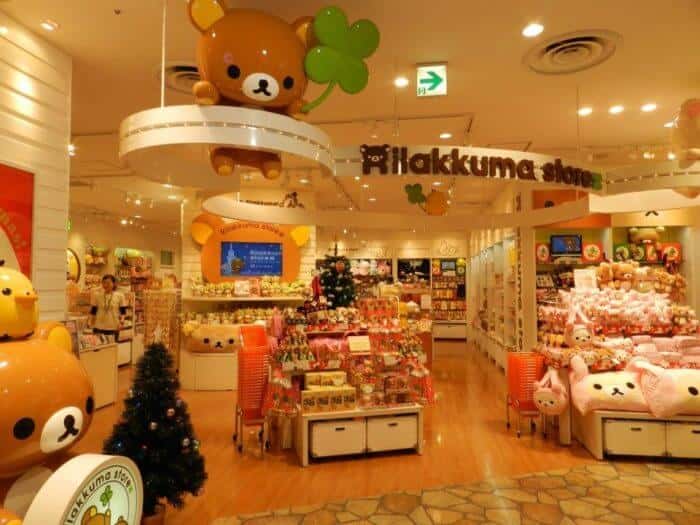
So, is Japan really a Kawaii nation? Well, yes!You would find bright, colourful patterned accessories and household items everywhere around Japanese stores and in many houses. There is no getting away from it. From cute toothbrush holders to stuffed animals decorated around the house, homes would be filled with these sort of products.
All local companies have their own mascots in Japan. Even the government has adopted such mascots in departments such as the police. Medical and tech fields have machines and robots that have a vague kawaii appearance, with their brightly-colored surfaces and rounded structures. The government has been known to use it in their campaigns and causes such as blood drives. There are also road safety signs with Hello Kitty pointing drivers and pedestrians to safer routes.
It all goes to show how much of an integral part kawaii is in the Japanese society and the economy. As we mentioned, even the government seems to have fully embraced this identity, using this pop culture to communicate with the people. Therefore, this is not only the economy but a big part of Japan’s identity itself and its image before the rest of the world.
Unisex Huggy Hoodie
€32,95 – €34,25Conclusion
We hope that answers your question ‘is Japan really a kawaii nation?’ A coping mechanism for a harsh work culture orconsumerism disguised in pink for the rest of the world – kawaii culture sure is giving Japan a lucrative business and a unique international identity. Kawaii culture seems pretty heavily ingrained in Japanese popular culture and has taken strong roots in the rest of the globe as well.
Author
-

Modern fashion designers focusing on unique Japan inspired styles.
Unisex originals Cosplay zipper hoodie
€32,95 – €34,25U are cute unisex hoodies
€32,95 – €34,25


